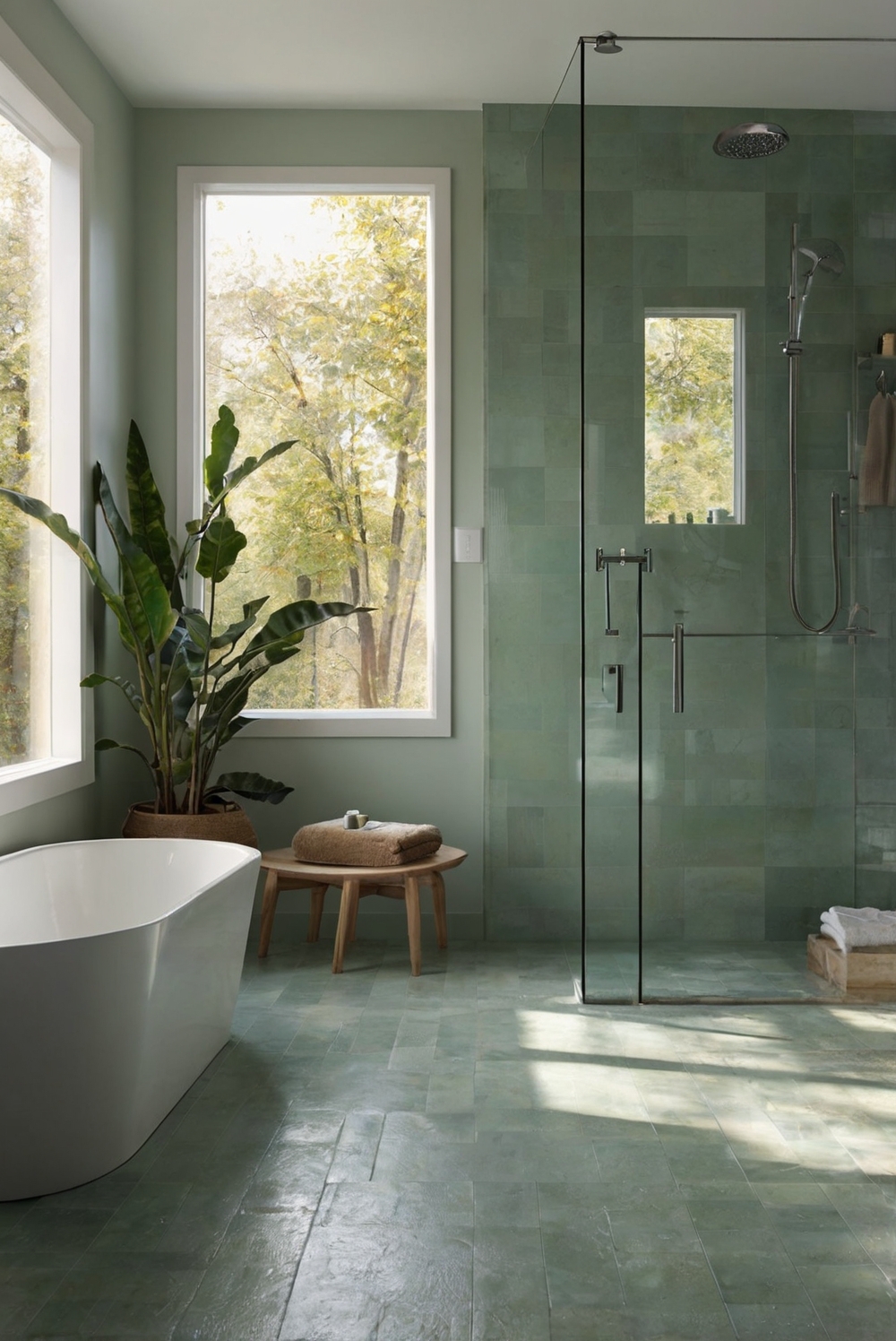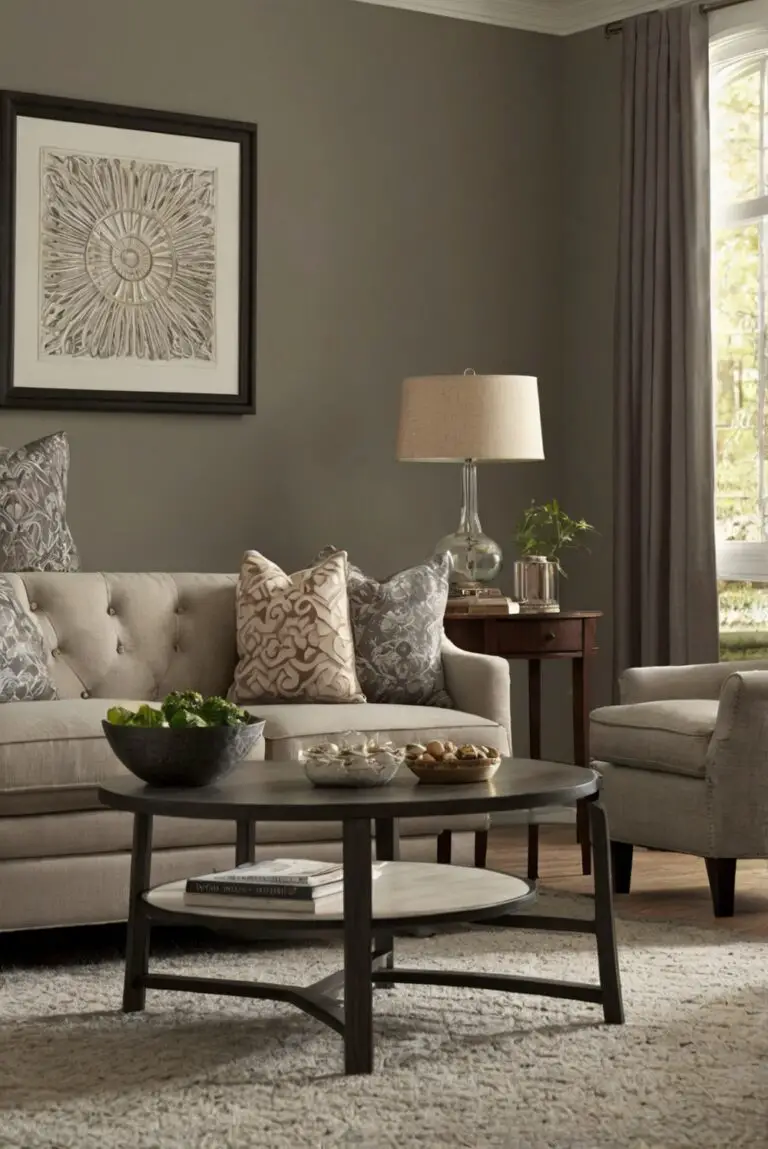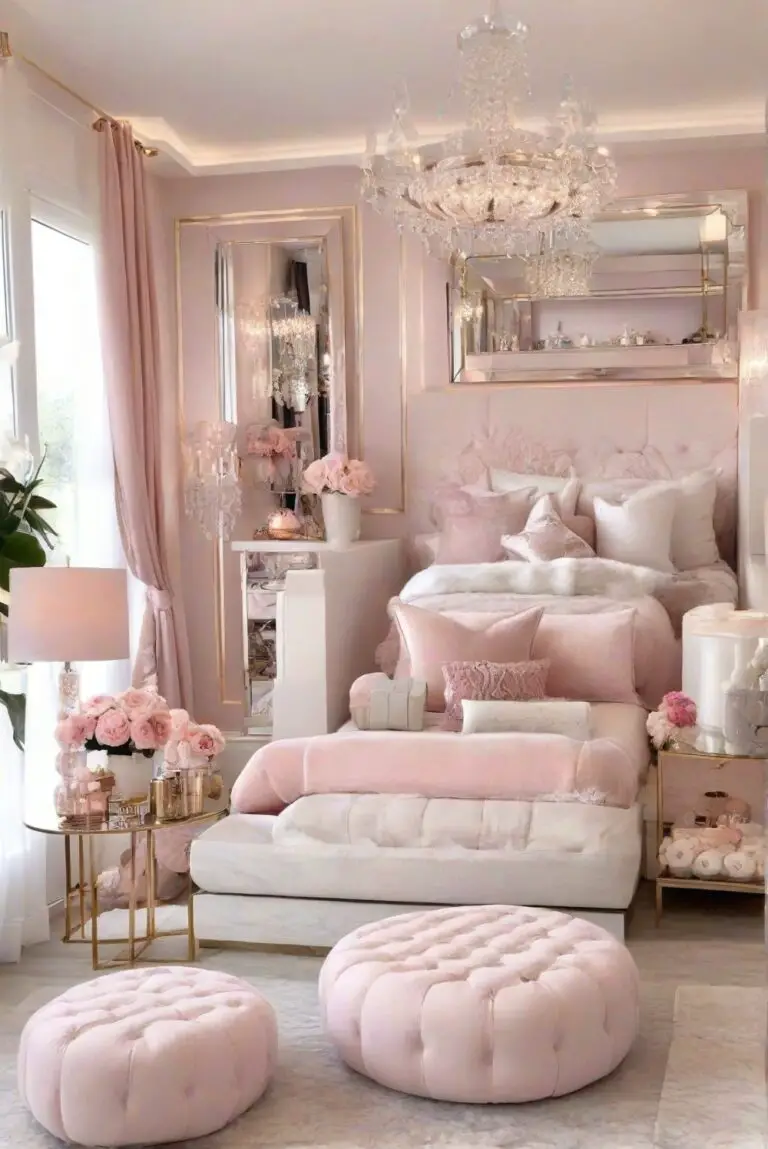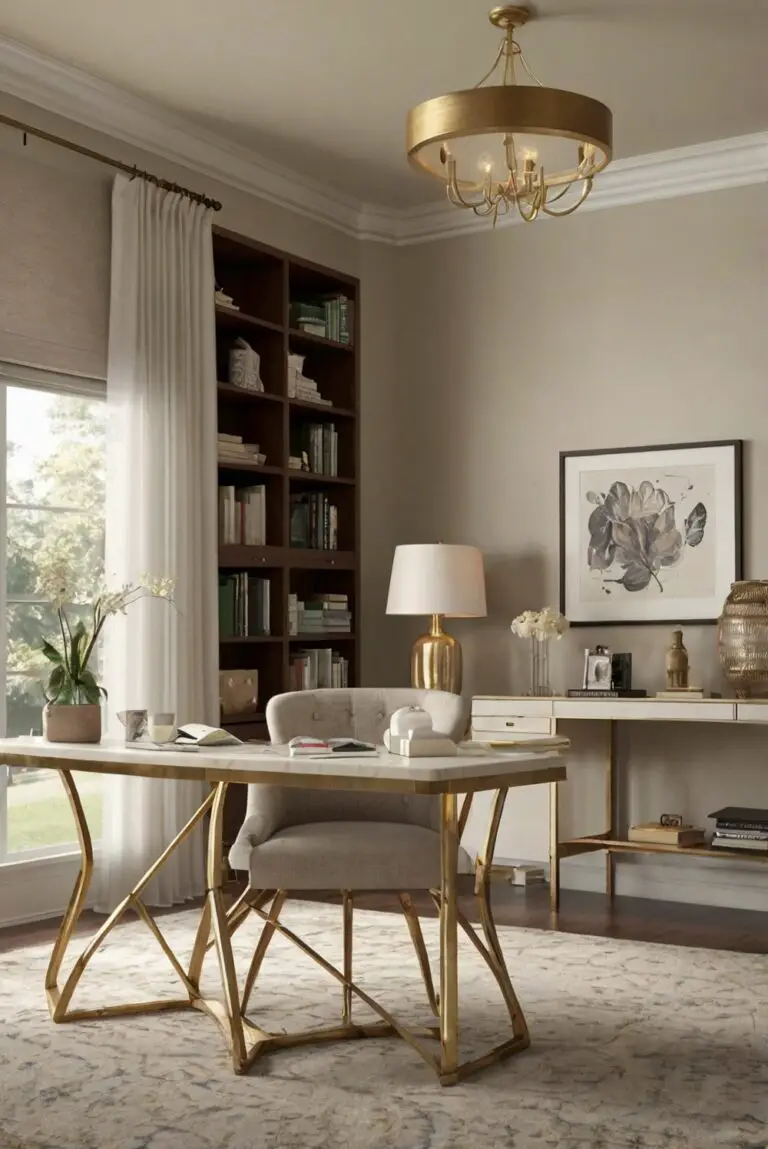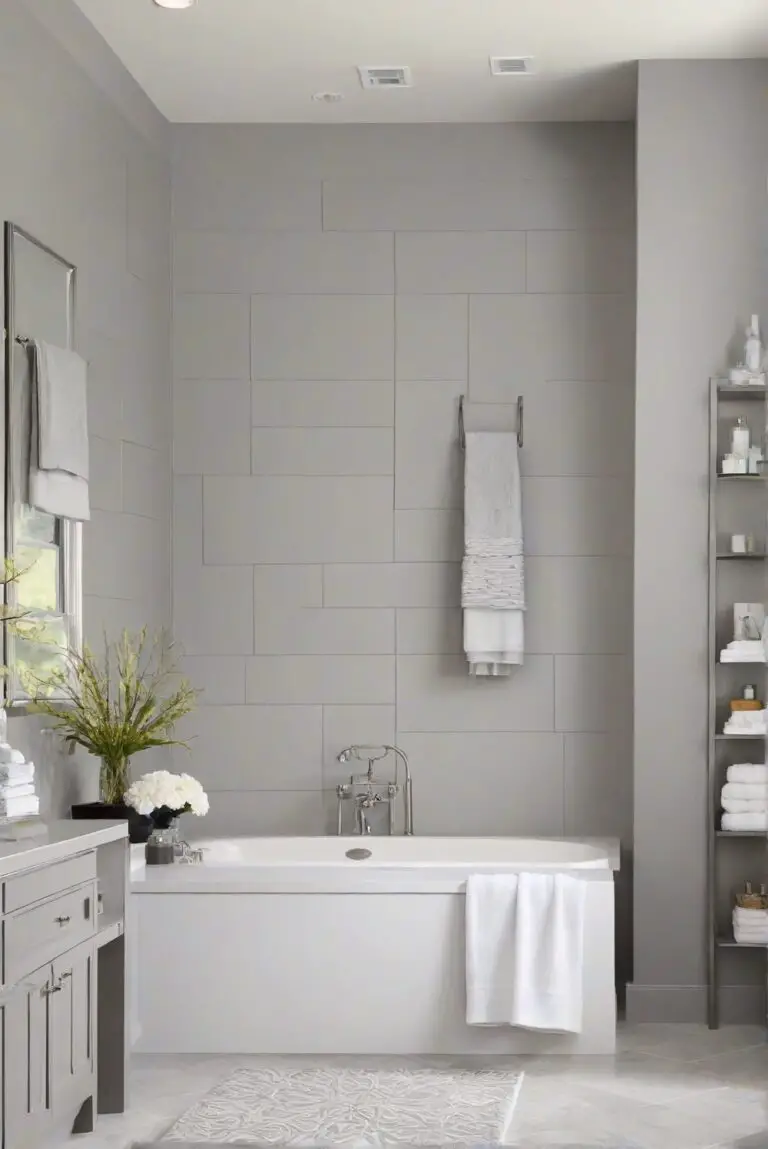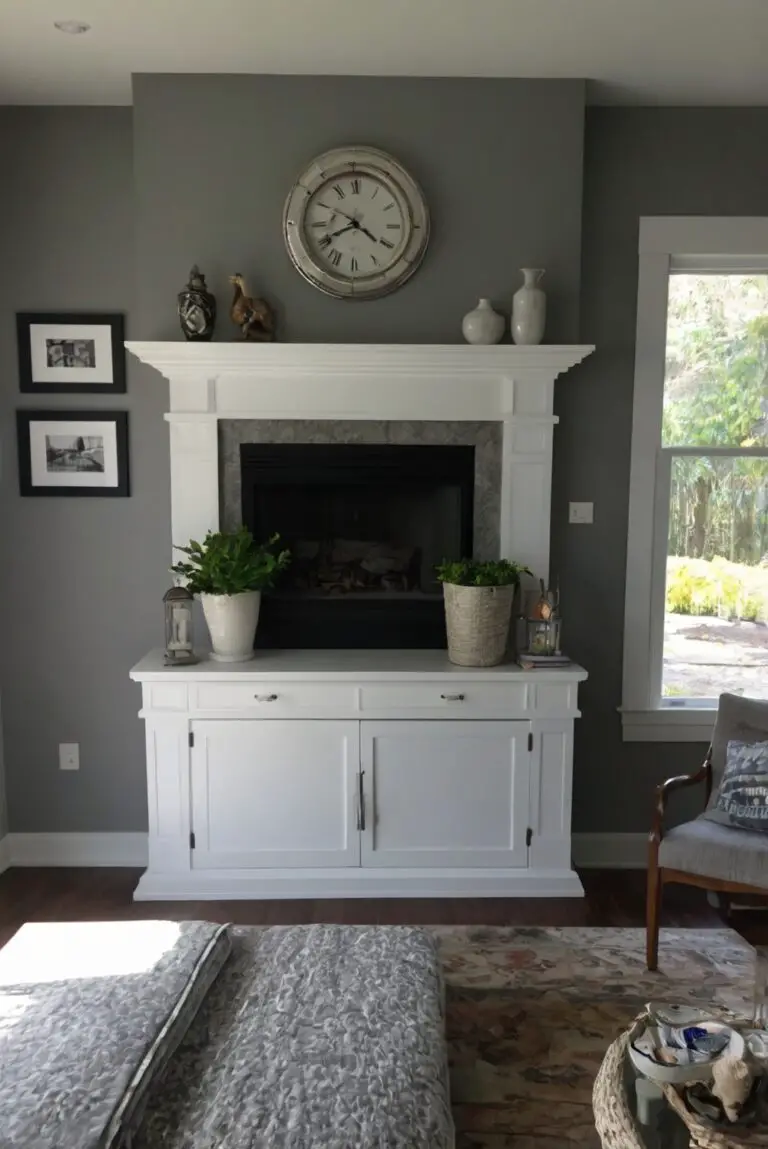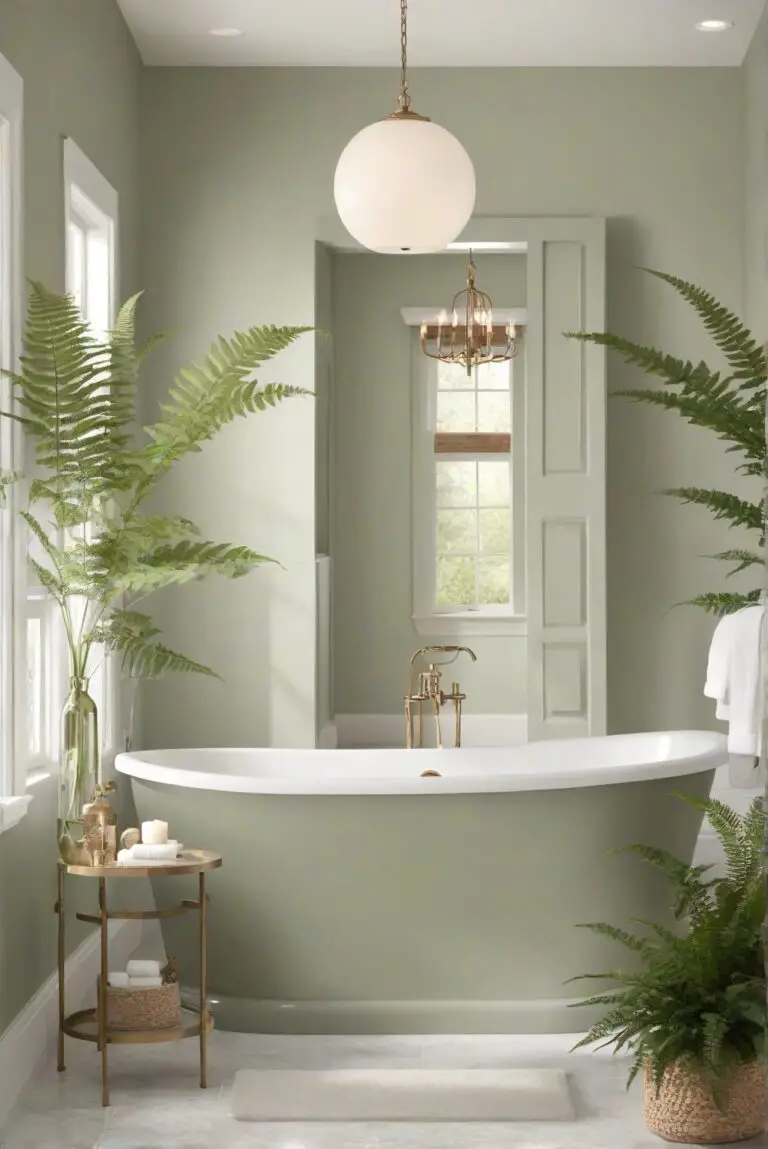Explore minimalism in bathroom design through thoughtful flooring choices. Learn how to achieve a clean, contemporary look while maintaining functionality and style.
Apply minimalist design principles to bathroom flooring by choosing simple, clean designs such as large format tiles or natural materials like wood or concrete. Opt for a neutral color palette to create a serene and clutter-free look. Consider installing underfloor heating for a modern and functional touch. Maintenance is key in minimalist design, so choose durable and easy-to-clean materials. Avoid complex patterns or intricate detailing to maintain the simplicity of the space. Adhering to a minimalistic approach in bathroom flooring can create a harmonious and relaxing environment that complements your home decor interior design.
How to Choose the Right Material for Minimalist Bathroom Flooring?
When choosing the right material for minimalist bathroom flooring, it is essential to prioritize simplicity and functionality. Opting for materials that are clean, sleek, and easy to maintain is key to achieving a minimalist aesthetic. Some important factors to consider include:
My Lovely Spring Paint for 2025
Ready for a Spring Makeover? Explore the Freshest 2025 Paint Trends!
White Sage/Green SW Pistachio green Soft blue Honeysweet/Orange Pink Sugar Sage Tint BMAs an Amazon Associate, I may earn a commission from qualifying purchases at no extra cost to you.
1. Durability: Select materials that can withstand moisture and frequent use in a bathroom environment. Porcelain tiles, ceramic tiles, and vinyl flooring are popular choices for their durability and resistance to water damage.
2. Simplicity: Choose materials with a simple and uniform appearance to maintain a clean and uncluttered look in your bathroom. Avoid intricate patterns or designs that can disrupt the minimalist feel.
3. Neutral Colors: Opt for neutral colors such as white, gray, or beige for a timeless and elegant look. These colors create a sense of calm and spaciousness in a minimalist bathroom.
My fAV Spring DECOR for 2025
Discover Spring’s Best 2025 Decor Combinations – Perfect for Any Room!
Oversized Indoor Plants White Curved Sofas Rugs BOH Brown Cream Moroccan Hype Boho Rug Outdoor Patio Furniture Sets Topfinel Pillow CoversAs an Amazon Associate, I may earn a commission from qualifying purchases at no extra cost to you.
4. Texture: Consider the texture of the flooring material to add depth and visual interest to the space. Matte finishes and subtle textures can enhance the minimalist design without overpowering it.
5. Sustainability: Choose eco-friendly and sustainable materials such as bamboo, cork, or recycled glass tiles to align with minimalist principles of simplicity and environmental consciousness.
6. Maintenance: Select materials that are easy to clean and maintain to ensure your bathroom flooring stays looking pristine. Avoid materials that require high maintenance or are prone to staining.
7. Cost: Consider your budget when choosing the right material for your minimalist bathroom flooring. There are affordable options available that still offer durability and aesthetic appeal.
What Is the Best Color Scheme for a Minimalist Bathroom Floor?
In a minimalist bathroom, the color scheme plays a crucial role in creating a cohesive and harmonious design. The best color scheme for a minimalist bathroom floor is one that promotes a sense of serenity and simplicity. Some key considerations for choosing the right color scheme include:
1. White: White is a classic choice for minimalist bathrooms as it conveys cleanliness, purity, and spaciousness. A white bathroom floor can create a seamless and tranquil backdrop for the rest of the design elements.
2. Gray: Gray tones are versatile and can add a modern and sophisticated touch to a minimalist bathroom. Light gray shades can complement white fixtures and accessories, while dark gray hues can create a dramatic contrast.
3. Beige: Beige is a warm and inviting color that can soften the overall look of a minimalist bathroom. Beige flooring can create a cozy and relaxing atmosphere, perfect for unwinding after a long day.
4. Black: For a bold and dramatic look, black flooring can make a striking statement in a minimalist bathroom. Black tiles or flooring can add a touch of luxury and elegance while maintaining a minimalist aesthetic.
5. Monochromatic Palette: Consider using a monochromatic color palette for your bathroom floor, such as varying shades of gray or beige. This approach creates a cohesive and harmonious look that is both sophisticated and understated.
Can I Achieve a Minimalist Look with Patterned Bathroom Tiles?
While minimalist design principles often emphasize simplicity and clean lines, it is possible to incorporate patterned tiles in a minimalist bathroom without compromising the overall aesthetic. When using patterned tiles, consider the following tips to achieve a minimalist look:
1. Select a Subtle Pattern: Choose tiles with a subtle and understated pattern that enhances the minimalist design without overwhelming the space. Geometric patterns or simple motifs can add visual interest without being too busy.
2. Limit the Pattern: Use patterned tiles sparingly and strategically in specific areas of the bathroom, such as the shower floor or an accent wall. This helps create a focal point while maintaining a minimalist feel in the rest of the space.
3. Stick to a Neutral Color Palette: Opt for patterned tiles in neutral colors such as white, gray, or beige to ensure they blend seamlessly with the overall design. Neutral colors help maintain a sense of cohesion and simplicity.
4. Balance with Solid Colors: Pair patterned tiles with solid-colored tiles to create a balanced look. Use solid tiles on the majority of the floor or walls and reserve the patterned tiles for a smaller area to prevent visual overload.
5. Consider Scale: Choose a tile pattern that is in proportion to the size of the bathroom. Large-scale patterns may overwhelm a small space, while smaller patterns can create a subtle and elegant effect.
How Can I Create a Seamless Transition Between Bathroom Floor and Walls in a Minimalist Design?
Creating a seamless transition between the bathroom floor and walls is essential for maintaining a cohesive and harmonious minimalist design. To achieve this, consider the following strategies:
1. Use the Same Material: Opt for the same flooring material to cover both the floor and walls of the bathroom. This creates a unified look that eliminates visual breaks and enhances the sense of continuity in the space.
2. Extend the Floor Tiles Up the Walls: Extend the floor tiles partway or fully up the walls to create a seamless transition between the two surfaces. This technique visually expands the space and creates a cohesive backdrop for the rest of the design elements.
3. Choose a Matching Color Palette: Select wall tiles that complement the color and texture of the flooring to maintain a cohesive and harmonious look. A matching color palette creates a seamless flow throughout the bathroom.
4. Consider a Single Material for Floor and Walls: Use a single material, such as large-format tiles or natural stone, for both the floor and walls to simplify the design and create a seamless transition. This approach minimizes visual clutter and enhances the minimalist aesthetic.
5. Opt for a Continuous Flooring Material: Choose a flooring material that can be installed seamlessly without transitions or grout lines. This creates a sleek and modern look that enhances the minimalist design of the bathroom.
Why Should I Consider Easy-to-Clean Materials for Minimalist Bathroom Flooring?
Easy-to-clean materials are essential for minimalist bathroom flooring as they help maintain the cleanliness and pristine appearance of the space. Choosing materials that are resistant to stains, moisture, and mold can simplify the cleaning process and ensure your bathroom flooring looks impeccable at all times. Some reasons to consider easy-to-clean materials for minimalist bathroom flooring include:
1. Low Maintenance: Easy-to-clean materials require minimal maintenance, saving you time and effort in keeping your bathroom floor looking fresh and tidy.
2. Hygiene: Stain-resistant and antimicrobial materials promote a hygienic environment by preventing the growth of bacteria, mold, and mildew on the bathroom floor.
3. Longevity: Easy-to-clean materials are often more durable and long-lasting, reducing the need for frequent replacements and repairs. Investing in high-quality flooring can save you money in the long run.
4. Aesthetics: Clean and well-maintained flooring enhances the overall aesthetic of a minimalist bathroom, creating a polished and inviting space for relaxation.
5. Sustainability: Some easy-to-clean materials are eco-friendly and sustainable, aligning with minimalist principles of simplicity and environmental consciousness. Choosing sustainable flooring options can reduce your carbon footprint and contribute to a greener lifestyle.
How to Incorporate Natural Elements in Minimalist Bathroom Flooring?
Incorporating natural elements in minimalist bathroom flooring can add warmth, texture, and a sense of tranquility to the space. Natural materials such as wood, stone, and bamboo can create a harmonious connection to the outdoors and enhance the minimalist design aesthetic. To integrate natural elements in your bathroom flooring, consider the following ideas:
1. Wood Flooring: Opt for hardwood or engineered wood flooring to bring a warm and organic feel to a minimalist bathroom. Wood flooring adds natural beauty and a touch of luxury to the space while maintaining a clean and simple look.
2. Stone Tiles: Choose natural stone tiles such as marble, travertine, or slate for a sophisticated and elegant flooring option. Stone tiles offer unique textures and patterns that can enhance the minimalist design of the bathroom.
3. Bamboo Flooring: Bamboo is a sustainable and eco-friendly flooring material that adds a touch of natural charm to a minimalist bathroom. Bamboo flooring is durable, water-resistant, and easy to maintain, making it an ideal choice for a minimalist design.
4. Pebble Tiles: Incorporate pebble tiles into your bathroom flooring for a spa-like feel and a tactile experience. Pebble tiles add a natural element to the space and create a soothing atmosphere for relaxation.
5. Minimalist Wood Accents: Add wooden accents such as a wooden bath mat or stool to complement your minimalist bathroom flooring. These subtle touches of wood bring warmth and character to the space without overwhelming the minimalist design.
What Are Some Tips for Maintaining the Minimalist Aesthetic of Bathroom Flooring?
To maintain the minimalist aesthetic of your bathroom flooring, it is important to keep the space clean, clutter-free, and well-maintained. Follow these tips to preserve the minimalist design principles in your bathroom:
1. Regular Cleaning: Clean your bathroom floor regularly to remove dirt, dust, and grime that can detract from the minimalist aesthetic. Use gentle cleaning solutions and avoid harsh chemicals that can damage the flooring material.
2. Declutter: Keep the bathroom floor free of unnecessary items and clutter to create a sense of openness and spaciousness. Store toiletries, towels, and other essentials in designated storage areas to maintain a clean and organized look.
3. Minimalist Decor: Choose minimalist decor and accessories that complement the design of your bathroom flooring. Opt for simple and functional pieces that enhance the aesthetic without overwhelming the space.
4. Natural Light: Maximize natural light in your bathroom to create a bright and airy atmosphere that highlights the beauty of your flooring material. Natural light can enhance the minimalist design and create a welcoming ambiance.
5. Consistent Design Elements: Ensure that the design elements in your bathroom, such as fixtures, hardware, and accessories, are cohesive and aligned with the minimalist aesthetic. Consistent design choices help create a harmonious and balanced look throughout the space.
Key Takeaways
– Choosing the right material for minimalist bathroom flooring requires consideration of durability, simplicity, and sustainability.
– Neutral color schemes such as white, gray, and beige are ideal for creating a serene and minimalist look in the bathroom.
– Patterned tiles can be incorporated in a minimalist bathroom by selecting subtle patterns and balancing them with solid colors.
– Creating a seamless transition between bathroom floor and walls involves using the same material, extending floor tiles up the walls, and maintaining a matching color palette.
– Easy-to-clean materials are essential for minimalist bathroom flooring to ensure low maintenance, hygiene, longevity, aesthetics, and sustainability.
– Natural elements like wood, stone, and bamboo can enhance the minimalist aesthetic of bathroom flooring by adding warmth and texture.
– Maintaining the minimalist aesthetic of bathroom flooring involves regular cleaning, decluttering, choosing minimalist decor, maximizing natural light, and maintaining consistent design elements.

